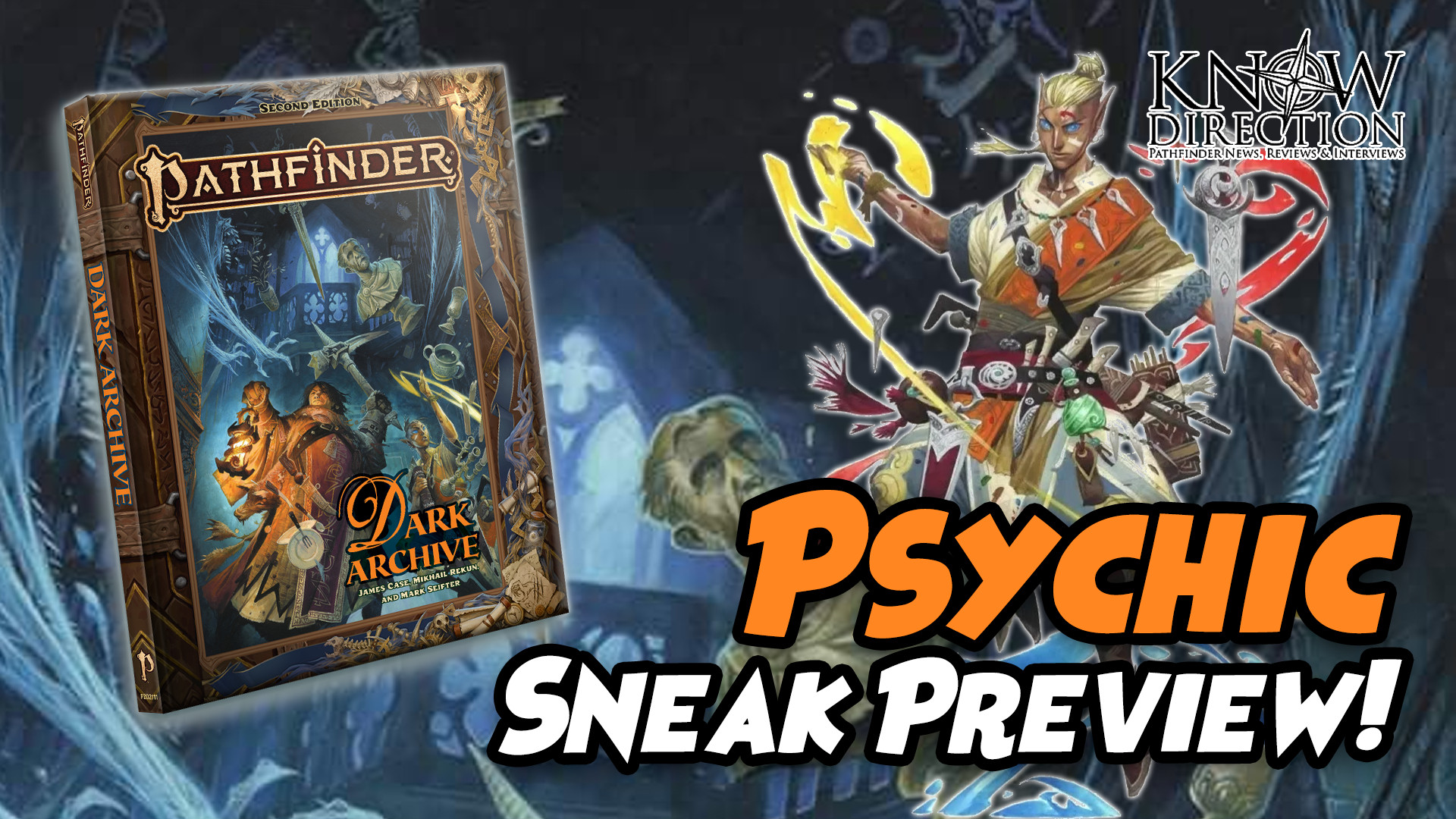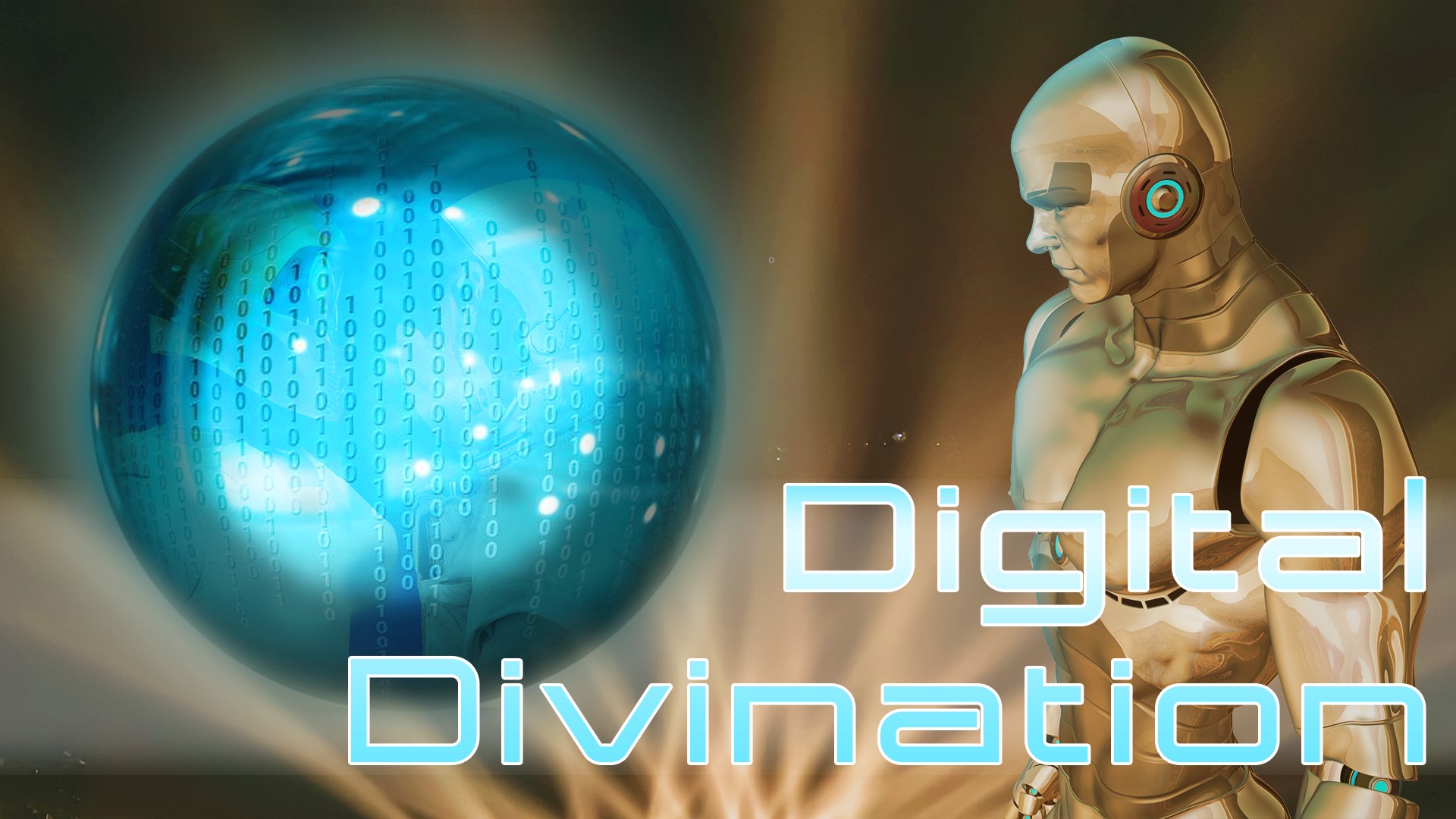Longtime fans of myself and the network know we’ve celebrated and extolled the virtues of diversity basically as long as we’ve been podcasting. But it’s not just the sociological, representational, empathetic, and basic human decency aspects of diversity that we endorse. Selfishly, adding diversity to the NPCs in our settings also improves our campaigns, my fellow GMs.
Bring The Setting To Life
If you have a room full of NPCs, it’s good to have a way to distinguish them. Details inspire players and you never know what they might latch onto and elevate the session to new heights. This can be as simple as applying unique adjectives to them, but a word of warning: KD’s own Vanessa Hoskins uses an adjective generator Foundry add-on for the NPCs in the Abomination Vaults campaign she’s running. It’s derailed multiple combats in the first round as we contemplate what makes a giant bug “trustworthy” or how we’ve determined a monster is “sultry”.
Instead of throwing caution to the wind with whatever adjective a procedural generator can find, distinguish your NPCs in a group by assigning them Ancestries and Backgrounds. Just like the ABCs of character creation narrow PCs down to their most noteworthy aspects at a glance, you can draw on the same lists for the ABs of NPCs. This gives your players terminology to easily indicate which NPC they’re referring to, and you can use these queues to flesh out NPCs you didn’t expect to roleplay.
Best of all, KD’s own Randal Meyer built a tool to randomly generate a Pathfinder 2e character’s ABCs. You can populate entire towns with a few clicks. And if you’re not interested in an Ancestry/Background combination that comes up (like the Dhampir Poppet Lastwall Survivor I randomly generated that I’m obviously saving for a PC), just click Again for a new combination.
Including ancestries other than Core Rulebook options reminds your players of the vast and varied world of your campaign, your scenes feel more organic, and you give PCs who took such ancestries fellowship. However, there’s more to diversity than ancestries.
Diversify Your Diversity
Diversity and representation means more than just tokenism. It’s important to represent a variety of life experiences in different ways. Close, detailed examinations help educate others on experiences outside of their perspective, but casual references about what separates a character from the majority is also representation. It’s why The Umbrella Academy’s recent “Who’s Viktor?” scene struck home with many trans viewers as much as entire series dedicated to exploring experiences they relate to.
Paizo lead editor and Valiant‘s own Avi Kool recently wrote the Meet The Iconics post on the Paizo blog for Mios Uriev, the iconic thaumaturge from the upcoming Dark Archive. Mios is the first nonbinary iconic. While this is important representation of an often overlooked minority, written from a place of experience by a nonbinary author, it’s also important to note that they’re the first nonbinary iconic, but not the setting’s first nonbinary NPC. Read any modern Pathfinder Adventure Path or any Lost Omens hardcover and you’ll find nonbinary representation.
The character artwork in the Lost Omens line embodies this philosophy. Flip through the pages of any hardcover in that line and you’ll see ancestries and cultures from previous (and sometimes upcoming) releases represented, as well as disabilities, different body types, and every manner of detail to help these characters stand out, right down to mustache styles never before seen on an orc. Not only do these provide us amazing pieces of art we can use for the characters in our campaigns, my fellow GMs, but they show how varied and vibrant the denizens of Golarion are. Most importantly, they’re organic representations of the citizenry, not just used for a plot or setting purpose.
Diversity Is Not A Plot Twist
Back in my late teens, when I had aspirations to be a screenwriter, I read as much screenwriting advice as I could get my hands on. Books on formatting, storytelling, breaking into the industry. I wanted to learn. But one piece of advice I remember reading and rejecting was that characters should only deviate from the norm if the deviation serves the story.
Now, I am a huge fan of callbacks and connecting dots in scripts, but not when it comes to characters. I’ve said in the past that when I conceptualize a Pathfinder character, there’s always a “but” (or as I explained to Perram on the podcast, ”I like bit buts and I cannot lie”). And just like my RPG characters, I didn’t like the idea that every character’s quirk or backstory had to serve the plot, and I especially didn’t like the idea that a character’s sexuality, ethnicity, and gender should only deviate from the norm (straight, white, and male) if the plot needs it to.
That’s not to say a character’s sexuality, ethnicity, and gender should never factor into a plot. Ms Marvel wouldn’t be half as interesting if it didn’t explore her Pakistani ancestry, and As Good As It Gets would be a completely different movie if Jack Nicholson’s Melvin Udall wasn’t obsessive–compulsive. It’s just unfortunate that certain minorities only get representation when it bears a plot load.
The following paragraph spoils a Stranger Things season 4 plot twist. You only need to skip one paragraph to avoid any Stranger Things season 4 spoilers. Stranger Things season 4 introduces a neurodivergent boy in a flashback. I immediately suspected that this character would play a major role in the plot because media -particularly horror media- rarely introduces neurodivergent characters unless they serve a purpose. Mostly, they’re supernatural or villains (or both), despite real world statistics tragically showing that neurotypical people are more like to cause harm or death to neurodivergent people than vice versa. So I was surprised when Stranger Things killed off the neurodivergent boy shortly after introducing him. Not that fridging a character is great, and neurodivergent characters have a history of not surviving the media they appear in, but at least he wasn’t the villain. Then it turned out he was the villain. Shocking.
Along similar lines, I remember playing in a Pathfinder Society scenario in which we heard a cry for help from the next room. A player at the table said that if it was a male voice, it’s an NPC in need, but if it’s a female voice, it’s a monster tricking us. I don’t know the statistical accuracy of his statement, but in this case lo and behold, it was a female voice, and it was a monster tricking us. By standardizing your NPCs and only breaking the norm for a purpose, especially when that purpose relies on a stereotype, any diversity plays your hand and encourages metagame thinking.
Diversity Is Reality
Reviews of the G.I. JOE RPG Core Rulebook on Amazon were suspiciously critical of the inclusion of a pronouns section on the character sheet. It’s sad to know that some portion of the fanbase can sooner accept Battle Android Troopers, weapons suppliers with open collars and beryllium-steel masks, and a U.S. Military ninja division than that a payer character is referred to by pronouns. Especially considering that the book’s credits page includes people who use he/him, she/her, and they/them pronouns. Apparently in the minds of these readers, the real-world diversity that made the book possible is unrealistic in the campaign setting we created.
Including a diverse selection of representation reflects reality. Choosing diversity will never age poorly. This is especially true if you’re interested in releasing your campaigns as published adventures, or just get into writing for Pathfinder in general. Famous works of fantasy fiction that don’t age well tend to be the ones that either apply stereotypes of existing minorities broadly to whole factions of villains without representing those minorities in any other way, or round down minorities to create worlds where their absence speaks volumes.
Diversity shouldn’t be a goal we have to work towards, my fellow GMs. It should be the baseline. It makes our campaigns better, in so many ways.
Every two weeks, Ryan Costello uses his experience as a Game Master, infused with popular culture references, to share his thoughts on best GMing practices to help his fellow GMs. Often deconstructing conventional wisdom and oft repeated GMing advice, he reminds his fellow GMs that different players play the game in different ways, and for different reasons.






